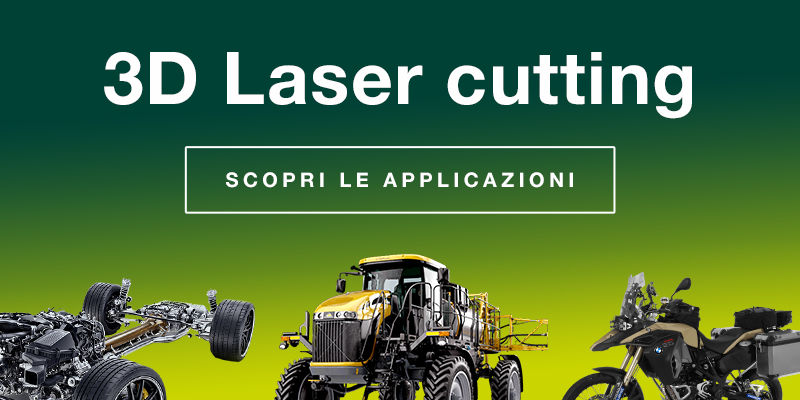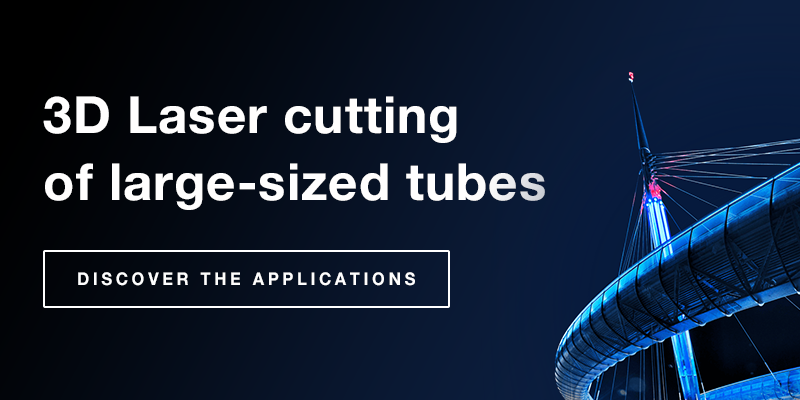What are special sections?
When talking about tubes, most people typically think of round, square, and rectangular sections. You see these shapes very often, used in the most diverse applications and sizes, such as furniture, two-wheel vehicles, heavy vehicles, buses and trains, hydraulic constructions and even large structures, such as bridges and buildings, to name a few.
However other types of shapes have been expanding in recent years. They are still less frequent but are gaining popularity. Special sections which, together with the open sections, are inspiring designers to express their creativity and inventiveness.
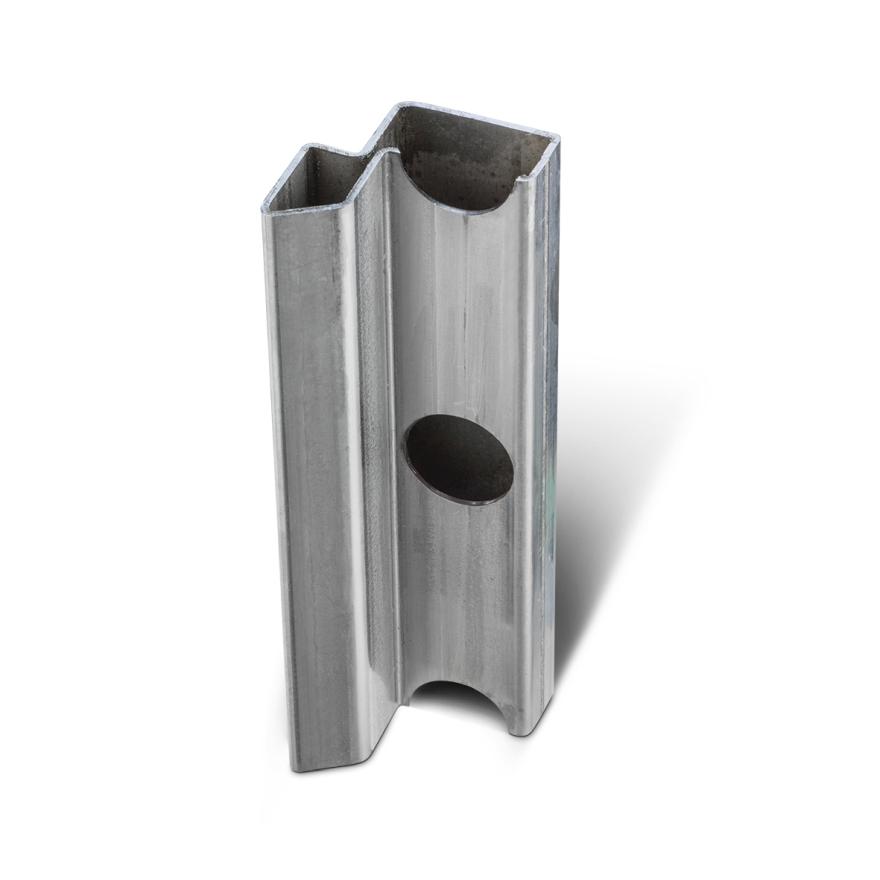 Application for the furniture sector.
Application for the furniture sector.
The increase in applications that make use of special sections has gone hand in hand with two technological conditions: on the one hand, tube producers that have consolidated the production processes of special sections are able to reach product quality levels and tolerances in line with requests, while maintaining competitive costs. On the other hand, the machine manufacturers that, in order to go beyond the simple cutting or drilling of small batches, developed loading, handling and advanced mechanical processing solutions that could efficiently process large batches automatically and cost effectively.
Today there are several suppliers that offer a broad range of special sections and open profiles. Many are even able to create products based on the customer's design, proving the value and opportunity that this (for now) niche has and can provide.
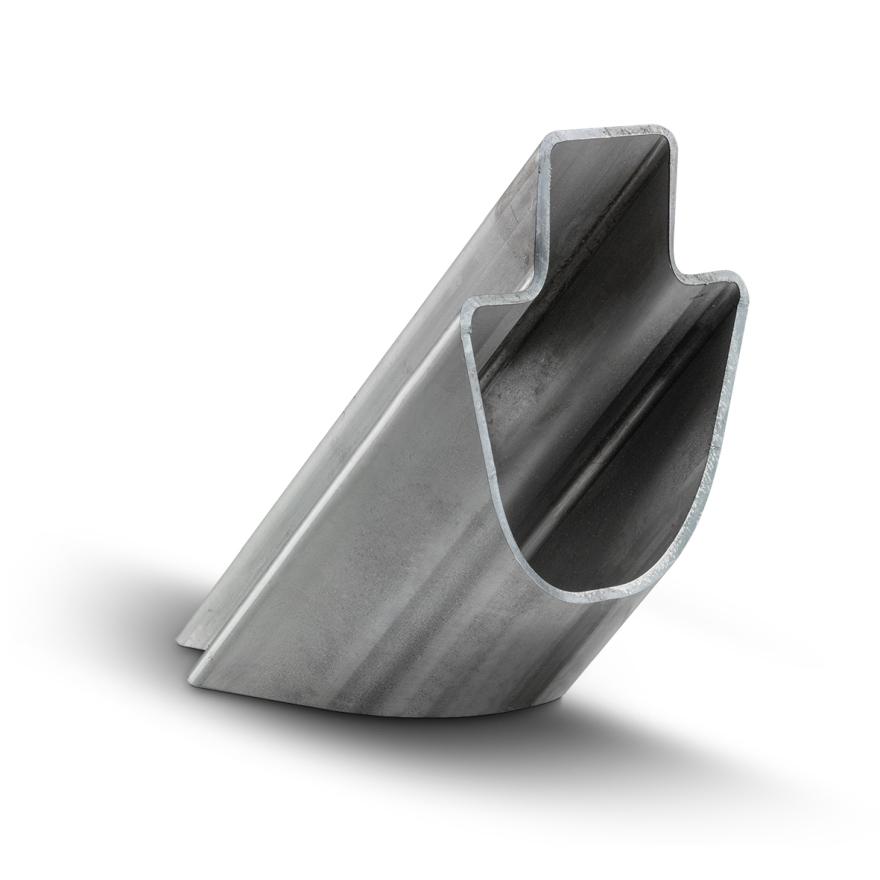 Application for the farming machine sector.
Application for the farming machine sector.
What are the challenges of making special sections?
Special sections are generally made using cold forming techniques, a continuous bending method with the use of rollers.
The process starts from a flat rolled strip, which is inserted longitudinally into the system, called a roll former. The strip is pulled through successive motorized stands consisting of a set of forming rollers that gradually change its flat configuration, according to their number, into gradually more geometrically complex shapes. This technique allows customized metal sections to be formed to the customer's specifications.
Material less than 3 mm (.1”) thick is used for most production, although 5 mm (.2”) and thicker material have become available recently.
Just as with "standard" sections, adequate straightness and torsion levels are achievable, but the resulting finished bars are not error-free. Even taking elongation, elasticity and the different feed speeds of the forming process into account, tolerances must be expected which, although compliant with standards, can be tens of milometers in straightness and various degrees in torsion according to the dimensions of the sections. Shape errors, the angles between adjacent faces and the flatness of each face, must be added.
Each of these factors should be considered when setting up the production processes if precise results are to be obtained.
What are the difficulties of processing special sections?
The tolerances and final accuracies depend on the field of application and your specific requirements. Where appearance is more important and identical supports and joints between multiple parts are needed or where the welds are designed without filler material (e.g. laser welding) any source of residual error will compromise the value of the finished product.
All the more, where overall geometries are critical for the stability and robustness of an assembled product, a production process capable of keeping the execution of the various processes under control will be required.
 Frame of an industrial door made in one piece with the use of a special cross-section and cut-bending method.
Frame of an industrial door made in one piece with the use of a special cross-section and cut-bending method.
What are the advantages?
For all these cases, the profiles are specifically designed when not already available. They have two further advantages, in addition to those inherent to steel tubular sections.
- The first is the simplification of the construction process. A single component performs several functions as a result of its complex cross-section, in addition to providing structural support.
- The second is the reduction in the number of components, with the associated economic benefits because a single piece made from a single special section is used instead of several standard sections machined and welded together (see figure).
This is how the use of special section has become more and more common over time in an array of sectors, such as window and door frames, constructions, mechanics and automotive to name but a few.
 3D laser cutting is the solution for precise support applications and assemblies when superior appearance is required.
3D laser cutting is the solution for precise support applications and assemblies when superior appearance is required.
Working on a Lasertube
When special sections are used, the batch size and, above all, the ability to adapt the production to the different orders, varying the size and position of the jobs, is even more critical.
You need flexible production processes, capable of going from design to the finished part without costly and complex start-up phases, wasting as little material as possible, and maintaining consistent quality for all parts in a given batch.
For these reasons, as well as cost-effectiveness, a traditional production process requires moving semi-finished products from one machining phase to another. Cutting to size, drilling, milling, deburring net of all inefficiencies and possible errors, largely cancels out the advantages of using special sections.
You need an integrated solution for processing but also for designing and starting up production. You need a single workflow that enhances all your creative efforts without dispersing them in the management of critical intermediate stages.
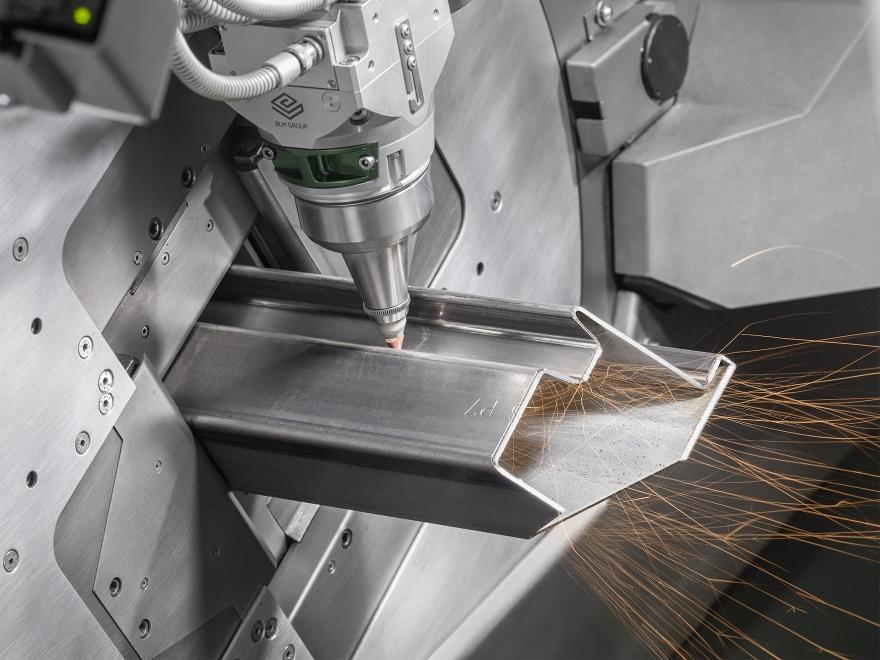 Laser cutting, even in the concave sections of the section, without risk of collision between head and workpiece.
Laser cutting, even in the concave sections of the section, without risk of collision between head and workpiece.
Special section programming
This unique integrated solution is offered by laser cutting technology.
A completely automatic process that begins by loading full length bars of special and/or open sections implements the various operations of safe handling, cutting to size, and machining of all geometries specified on the drawing, concluded by unloading of each finished part in a tidy fashion and ready for the next step.
All without manual intervention and or intermediate storage. The BLM GROUP Lasertube systems can process the widest variety of special sections (watch the video) among all currently available laser cutting systems.
More than twenty years of experience in the development of technical solutions for non-standard sections (started a long time ago with the first application of cutting an elliptical section for the fitness sector) resulted in the development of several hardware components on the systems able to ensure production continuity and reliability.
 Artube is the proprietary CAD/CAM software for designing parts produced from special sections and automatically create the cutting programs for the machines.
Artube is the proprietary CAD/CAM software for designing parts produced from special sections and automatically create the cutting programs for the machines.
And yet it is in the software - particularly in the programming mode - that our know-how offers the greatest added value.
Artube CAD/CAM, specific to tube, special section, or open section design and processing, is easy to use and ensures repeatable processing results. It can be attributed to the spread of laser-processed special sections (see Artube figure).
Read the story of this customer who chose Lasertube for production.
Examples of special profiles and related issues
2D and 3D machining, geometry in narrow concave sections (using the specially developed cutting head: TubeCutter) and variable thickness (see sample images) are now possible without the risk of collision between head and part. Cuts are seamless and quality is constant part after part.
 Cutting special sections with non-constant thickness is not a problem on a Lasertube, thanks to experience and many integrated solutions.
Cutting special sections with non-constant thickness is not a problem on a Lasertube, thanks to experience and many integrated solutions.
Special sections, a world of opportunities
From a business perspective, where identifying new opportunities of profit and growth is essential, every possibility to differentiate your business from your competitor is explored. Processing of special sections is a world worth pursuing.
There are the technical capabilities to make the most complex profiles, there are the solutions to process them, and there are endless applications to serve.
Creativity and inventiveness complete the perfect blend that can give (and has given) real opportunities to those who put innovation at the center of their daily work.
Discover other interesting applications in the structural sector.


